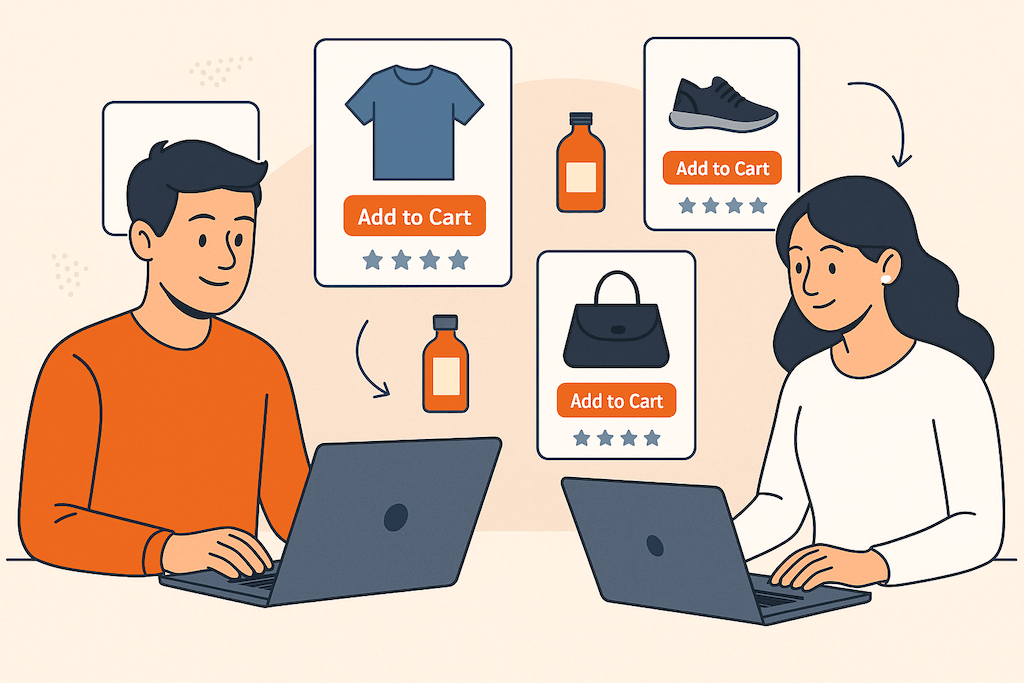In today’s competitive marketing environment, a meticulously crafted campaign plan is essential. This plan not only outlines the strategies and tactics but also ensures that every step taken is aligned with achieving specific goals. Let’s dive into the essential aspects of creating a powerful and effective marketing campaign plan, focusing on maximizing engagement and conversion through both offline and online channels.
What is a Marketing Campaign Plan?
A marketing campaign plan is a comprehensive strategy designed to utilize various marketing channels and activities to reach specific objectives. These objectives typically revolve around engaging a target audience, increasing brand awareness, and driving sales or leads. An effective campaign integrates both digital and traditional media, ensuring a cohesive message that resonates with the intended audience.
Key Components of a Strong Marketing Campaign Plan
1. Clear and Achievable Goals
- SMART Goals: Ensure that your goals are Specific, Measurable, Achievable, Relevant, and Time-bound.
- Alignment: Align these goals with the broader business objectives to ensure consistency in efforts and outcomes.
2. Competitive Strategy
- Market Analysis: Conduct thorough research to understand your competitors’ strategies.
- Unique Value Proposition: Highlight what sets your brand apart from the competition.
3. Detailed Action Plan
- Tactics and Actions: Outline the specific actions and tactics required to achieve your goals.
- Timeline: Establish a clear timeline for each activity to ensure timely execution.
4. Monitoring and Evaluation
- KPIs: Identify Key Performance Indicators to track the success of your campaign.
- Adjustments: Be prepared to make adjustments based on real-time data and feedback.
When to Use a Marketing Campaign?
Marketing campaigns can be utilized for various purposes:
- Customer Acquisition: Focused on attracting new customers by leveraging digital marketing strategies.
- Customer Retention: Employed by larger corporations to maintain and enhance relationships with existing customers.
Structuring Your Campaign Plan
An effective marketing campaign plan is structured around six core areas:
1. Goals and Tracking
Setting Objectives: Clearly define what you aim to achieve with your campaign. This could be increasing brand awareness, driving sales, generating leads, or engaging with a new audience segment.
Tracking Success: Determine how you will measure the success of your campaign. This could include metrics such as conversion rates, click-through rates, and social media engagement.
2. Insight and Targeting
Audience Identification: Identify who you want to reach and influence. Create detailed customer personas to understand their needs, preferences, and behaviors.
Targeting Strategy: Develop a strategy to effectively reach these personas. This could involve segmenting your audience and tailoring your messages accordingly.
3. Main Messages and Offers
Positioning: Clearly define how you want to position your company, products, or services in the market.
Engagement and Conversion: Craft compelling offers and messages that will engage your target audience and prompt them to take action. This might include special promotions, limited-time offers, or unique selling points.
4. Campaign Media Budget and Plan
Media Channels: Decide which media channels you will use to reach your audience. This could include social media, email marketing, PPC advertising, content marketing, and traditional media.
Integration and Sequencing: Plan the integration and sequencing of your activities across these channels to ensure a cohesive message and maximize impact.
5. Asset Production
Content Creation: Develop the necessary assets for your campaign. This could include blog posts, social media graphics, videos, email templates, and landing pages.
Consistency: Ensure all assets are consistent with your brand identity and messaging.
6. Execution
Testing: Before launching, test your campaign elements to identify any potential issues. This could involve A/B testing of emails, previewing social media posts, or running a soft launch.
Optimization: Continuously monitor your campaign’s performance and make adjustments as needed to optimize results.
Detailed Campaign Plan Elements
An effective campaign plan should cover the following elements:
Customer Personas
Define the profiles of the customers you are targeting. This includes demographic information, interests, pain points, and buying behaviors. Creating detailed personas helps tailor your messages to resonate with specific segments of your audience.
Product or Service Statement
Clearly articulate the product or service you are promoting. Highlight its features, benefits, and unique selling points. This helps ensure your audience understands the value you are offering.
Call to Action (CTA)
Your campaign should have a clear and compelling call to action. This could be a button on your website, a link in an email, or a verbal prompt in a video. The CTA should prompt your audience to take the desired action, whether it’s making a purchase, signing up for a newsletter, or downloading a resource.
Promotional Channels
Identify the channels you will use to promote your campaign. This might include:
- Social Media: Platforms like Facebook, Instagram, LinkedIn, and Twitter.
- Email Marketing: Sending targeted emails to your subscriber list.
- PPC Advertising: Using platforms like Google Ads and Facebook Ads.
- Content Marketing: Creating blog posts, infographics, videos, and other content to drive engagement.
Campaign Timeline and Action Plan
Develop a detailed timeline outlining each step of your campaign. This should include deadlines for content creation, dates for launching various elements, and checkpoints for monitoring progress. An action plan ensures that everyone involved in the campaign knows what needs to be done and when.
Budget
Determine the budget for your campaign. This should include costs for content creation, advertising spend, software tools, and any other expenses. Allocating a budget helps ensure you have the resources needed to execute your plan effectively.
Customer Journey and Landing Pages
Map out the customer journey from the initial point of contact to conversion. This involves creating dedicated landing pages that are optimized for conversions. Each landing page should be aligned with your campaign’s messaging and offer a seamless user experience.
Measurement and Reporting
Define how you will measure the success of your campaign. This includes setting up analytics to track key metrics such as traffic, conversions, and ROI. Regular reporting helps you understand what’s working and what needs improvement.
Lead Nurturing and Follow-Up
Plan how you will nurture leads and follow up with them. This could involve a series of follow-up emails, retargeting ads, or personalized content. Effective lead nurturing helps move prospects through the sales funnel and increases the likelihood of conversion.
Best Practices for Creating an Effective Campaign Plan
Keep It Simple
Your campaign plan doesn’t need to be overly complicated. Focus on clear, actionable steps that align with your goals. A simple, well-executed plan is often more effective than a complex one that is difficult to implement.
Be Data-Driven
Use data to inform your decisions at every stage of your campaign. This includes analyzing past campaign performance, conducting market research, and continuously monitoring your campaign’s progress. Being data-driven helps you make informed decisions and optimize your efforts for better results.
Stay Flexible
While it’s important to have a detailed plan, be prepared to make adjustments as needed. Marketing environments can change rapidly, and being flexible allows you to adapt to new opportunities or challenges.
Focus on the Customer
Always keep the customer at the center of your campaign. Understand their needs, preferences, and pain points, and tailor your messages to address these. A customer-centric approach helps build stronger connections and drives better results.
Integrate Across Channels
Ensure your campaign is integrated across all channels. Consistency in messaging and branding helps create a seamless experience for your audience. Integration also allows you to leverage the strengths of different channels to maximize your campaign’s impact.
Test and Optimize
Continuous testing and optimization are key to a successful campaign. This involves experimenting with different elements such as headlines, images, and CTAs to see what resonates best with your audience. Use the insights gained to make data-driven adjustments and improve your campaign’s performance.
Monitor and Report
Regularly monitor your campaign’s performance and report on key metrics. This helps you understand what’s working and identify areas for improvement. Use these insights to refine your strategies and achieve better results in future campaigns.
Conclusion
Creating an effective marketing campaign plan is a crucial step in achieving your business objectives. By following the steps outlined in this guide, you can develop a comprehensive plan that leverages the power of both online and offline channels. Remember to keep your goals clear, stay data-driven, and always focus on providing value to your customers. With a well-structured campaign plan, you can drive engagement, increase conversions, and ultimately achieve your marketing goals.
Cultura Interactive agency is an award-winning website design studio that strives to create unique and attractive websites, and develop strategic digital online marketing campaigns for our clients.
Our team of professionals specialize in web design, WordPress development, eCommerce, responsive web design, and marketing automation. Learn more about our services or contact us for a personal interview.



